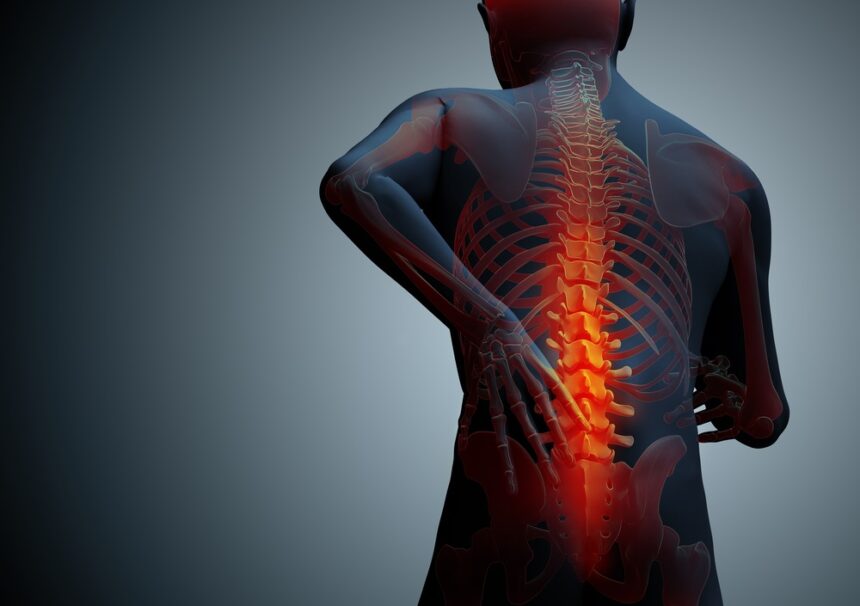Introduction
Chronic pain is one of the most common health issues affecting people across all age groups. Whether caused by arthritis, fibromyalgia, nerve damage, or inflammation, long-term pain can significantly reduce quality of life. While medications can provide relief, research increasingly shows that diet and nutrition play a crucial role in how we experience and manage pain. The foods we eat can either reduce inflammation and promote healing or worsen pain by triggering inflammatory responses in the body.
This article explores how diet and nutrition affect chronic pain, which foods can help or harm, and how to create a diet plan to support pain management naturally.
Understanding the Connection Between Diet and Chronic Pain
Food is not just fuel—it’s information for the body. What you eat directly influences your metabolism, inflammation levels, and overall health. Chronic pain often stems from long-term inflammation, and certain foods can either calm or aggravate this process.
A well-balanced, anti-inflammatory diet helps reduce pain intensity, support nerve function, and improve energy levels, while a poor diet full of processed foods and sugars can make pain worse.
The Role of Inflammation in Chronic Pain
Inflammation is your body’s natural defense mechanism against injury or infection. However, when inflammation becomes chronic, it can cause persistent pain in muscles, joints, and tissues.
Foods That Trigger Inflammation
- Processed and fried foods
- Refined sugars and sweetened beverages
- White bread, pasta, and pastries
- Red and processed meats
- Trans fats and hydrogenated oils
Anti-Inflammatory Foods to Include
- Fatty fish like salmon, tuna, and sardines (rich in omega-3s)
- Leafy greens such as spinach, kale, and broccoli
- Nuts and seeds (especially almonds, flaxseeds, and chia seeds)
- Berries and other colorful fruits high in antioxidants
- Olive oil, turmeric, and ginger for their anti-inflammatory properties
Key Nutrients That Help Reduce Pain
Certain vitamins and minerals are known for their pain-relieving and healing effects. Including them in your diet can make a significant difference in managing chronic pain.
Omega-3 Fatty Acids
Found in fish, flaxseeds, and walnuts, omega-3s reduce inflammation and improve joint health. Studies show that people with arthritis or joint pain often experience less stiffness and swelling when they consume enough omega-3s.
Vitamin D
Low vitamin D levels are linked to muscle weakness, bone pain, and increased inflammation. Sun exposure and foods like eggs, fortified milk, and fish can help maintain healthy vitamin D levels.
Magnesium
This mineral supports muscle relaxation and nerve function. Foods rich in magnesium include avocados, bananas, dark chocolate, and leafy greens.
Vitamin B Complex
B vitamins (especially B1, B6, and B12) help in nerve regeneration and energy production, which are vital for those with nerve-related pain conditions like neuropathy.
How Gut Health Influences Pain Perception
Your gut health plays a key role in regulating inflammation and pain signals. An imbalance in gut bacteria can increase inflammation throughout the body.
Probiotic-Rich Foods for Gut Health
- Yogurt with live cultures
- Kefir
- Kimchi, sauerkraut, and other fermented foods
- Probiotic supplements (if recommended by your doctor)
Prebiotic Foods to Support Gut Flora
- Bananas
- Oats
- Garlic and onions
- Asparagus and leeks
A healthy gut can lead to reduced inflammation and, consequently, less chronic pain.
Hydration and Pain Management
Dehydration can worsen pain symptoms by reducing joint lubrication and causing muscle cramps or stiffness. Drinking enough water daily helps flush toxins from the body, supports healthy circulation, and keeps muscles and joints functioning properly.
Aim for at least 8–10 glasses of water per day, more if you’re physically active or live in a hot climate.
The Impact of Weight and Diet on Chronic Pain
Excess body weight puts extra stress on joints, especially the knees, hips, and spine. A diet rich in fiber, lean protein, and healthy fats helps with weight control, reducing pressure on these joints and easing pain.
Focus on portion control and choose nutrient-dense foods instead of empty calories.
Foods to Avoid When Managing Chronic Pain
Certain foods can trigger inflammation and increase pain sensitivity. Reducing or eliminating them from your diet can make a significant difference.
- Sugary snacks, desserts, and soft drinks
- Alcohol (especially in excess)
- Caffeine (limit intake to moderate levels)
- Refined grains and processed foods
- Gluten and dairy (if you have sensitivities)
Creating a Pain-Reducing Diet Plan
To manage chronic pain naturally, focus on an anti-inflammatory diet that supports your body’s healing processes.
Sample Pain-Reducing Meal Plan
| Meal | Food Options |
|---|---|
| Breakfast | Oatmeal with berries, chia seeds, and almond milk |
| Lunch | Grilled salmon with quinoa and steamed spinach |
| Snack | A handful of walnuts or a smoothie with kale and banana |
| Dinner | Brown rice with turmeric chicken and roasted vegetables |
| Hydration | Herbal teas and plenty of water throughout the day |
This diet provides anti-inflammatory nutrients, antioxidants, and hydration—essential for managing chronic pain.
Lifestyle Habits That Complement a Healthy Diet
- Regular Exercise: Low-impact workouts like swimming, yoga, or walking help maintain flexibility and reduce stiffness.
- Adequate Sleep: Quality rest allows the body to repair tissues and manage pain effectively.
- Stress Management: Practices like meditation and deep breathing lower cortisol levels, which can reduce pain intensity.
Conclusion
Diet and nutrition have a direct impact on chronic pain. By reducing inflammatory foods and increasing your intake of nutrient-rich, anti-inflammatory meals, you can naturally minimize pain and improve your overall health. Making mindful dietary choices not only reduces pain but also boosts energy, mood, and well-being in the long run.





